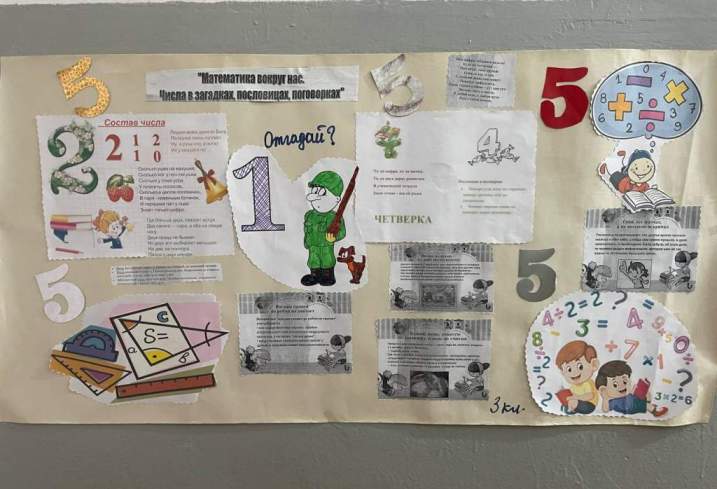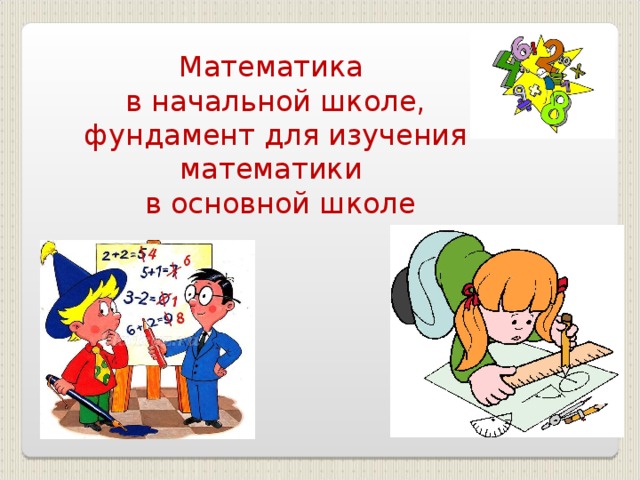A didactic game is a type of educational activity that models the studied object, phenomenon, or process. The purpose of a didactic game is to stimulate students’ cognitive interest and activity. The subject of the game is usually human activity.
Interest in didactic games arose once again in the 1980s of the 20th century, when another school reform began, the pedagogy of cooperation arose, and personal computers began to arrive at schools. Currently, teachers have a wide variety of methodological developments of didactic games in all school subjects. The primary school curriculum currently includes a fairly large list of didactic games of various types that a teacher can use in class.
There are also various computer games of an educational and developmental nature. As K. D. Ushinsky once noted, a game for a child is life itself, the reality itself, which the child constructs himself. Therefore, it is more understandable to him than the surrounding reality. It prepares him for subsequent work and for study. A game is always a little bit of study and a little bit of work. For children, the meaning of a game often lies not in its results, but in the process itself. Children are attracted to a game by the task at hand, the difficulty that must be overcome, the joy of obtaining a result, etc. The game promotes psychological relaxation, relieves stress, and facilitates children’s entry into the complex world of human relations. These features of didactic games must be taken into account when using them, especially in junior grades, skillfully organizing the inclusion of a didactic game in the course of a lesson. An important point in the use of a didactic game is that a game in a lesson is possible only if the students and the teacher are interested in it, since it is impossible to formally play a game.
Interesting experience of using educational development games has been accumulated by the famous innovative teachers, spouses L.A. and B.N. Nikitin. They believe that educational games should be the main ones in the arsenal of games of any child. Ordinary games and toys quickly bore children because the element of novelty quickly disappears and the toy “exhausts” itself. We need games that would provide food for thought, and at the same time sufficiently complex, and the complexity should outpace the child’s development and attract him not for a day or two, but for a year, two years and longer. We need new types of games – games that simulate the creative process and create a game situation for the development of the creative side of the intellect. Such games are educational games, which have a number of features.

1. Each game is a set of problems that the child solves using cubes, bricks, cardboard squares, construction set parts, etc.
2. The problems are given in various forms: as a model, picture, drawing, written or oral instructions, etc., which introduces the child to different ways of conveying information.
3. The problems are arranged in order of increasing complexity according to the principle: from simple to complex.
4. The problems have a very wide range of difficulties: from those accessible to a 2-3-year-old child to those beyond the capabilities of an average adult. Therefore, games can be interesting for many years.
5. A gradual increase in difficulty in the game allows the child to move forward and improve independently, i.e. develop their creative abilities.
6. You cannot explain to the child the method and order of solving problems and you cannot prompt. 7.
You cannot demand and achieve that the child solves the problem on the first try. He may not have grown up enough, and you need to wait some time.
8. The solution to the problem is presented to the child not in an abstract form, such as the answer to a math problem, but in the form of a drawing, pattern, or structure made of cubes, construction set parts, i.e. in the form of tangible and visible things. This allows him to check the accuracy of the task himself.
9. Games are not limited to the proposed tasks, but allow him to create new options himself, i.e. to be creative.
10. Educational games allow everyone to rise to the “ceiling” of their capabilities, where development is most successful.
Educational games combine the didactic principle of “from simple to complex” and the child’s independence according to his abilities, which allows him to rise to the “ceiling” of his capabilities.
The Nikitins have developed a large number of different educational games – from the simplest ones like “Fold the Pattern” to more complex ones: “Pythagoras Table”, “Clock”, “Thermometer”, “Knots” and “Attention – Guess!”. For example, the game “Thermometer” allows small children, even those who cannot read yet, to acquire the skills of measuring temperature. Such a thermometer is made from a wooden ruler with a scale, but instead of a capillary tube with liquid, a colored elastic band is used, which can be moved along the scale. Children take such a thermometer, go to the place where the real thermometer hangs and set the same readings on their “thermometer”, and then discuss with adults what the temperature is today outside or in the room.
Educational games are creative games. They should bring joy to both the child and the adult: joy from success, joy from learning, joy from moving forward.






